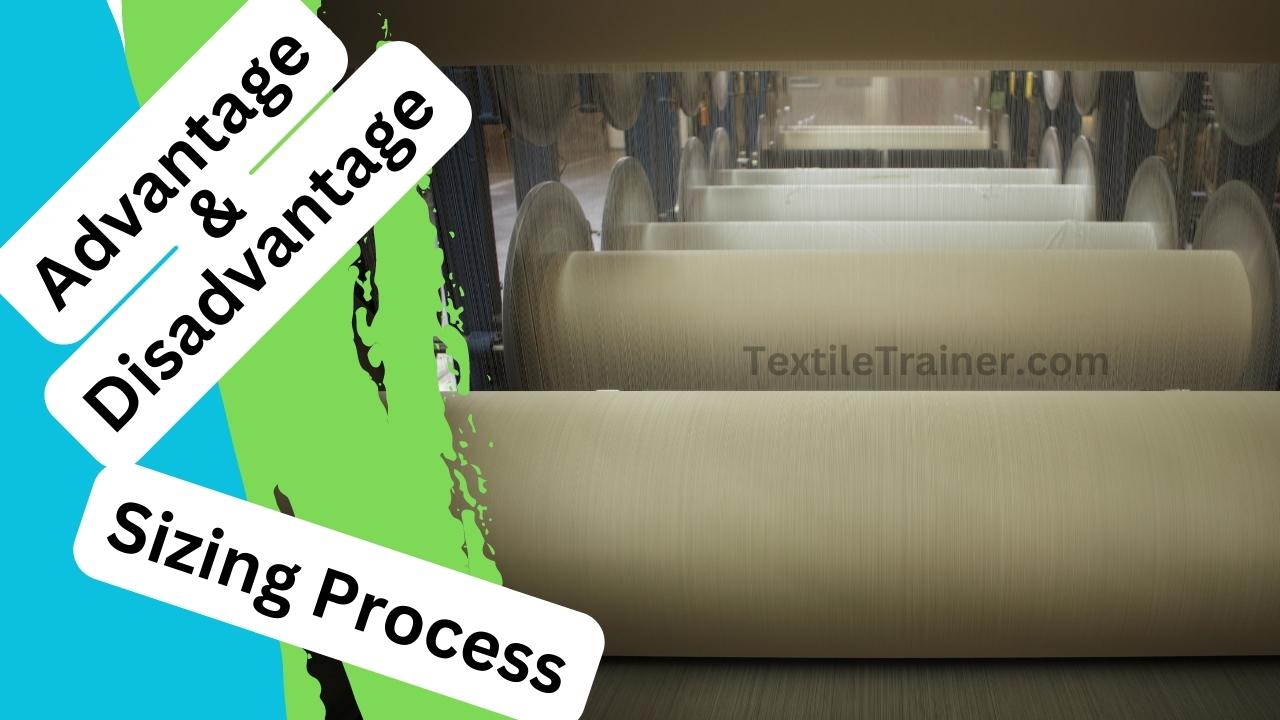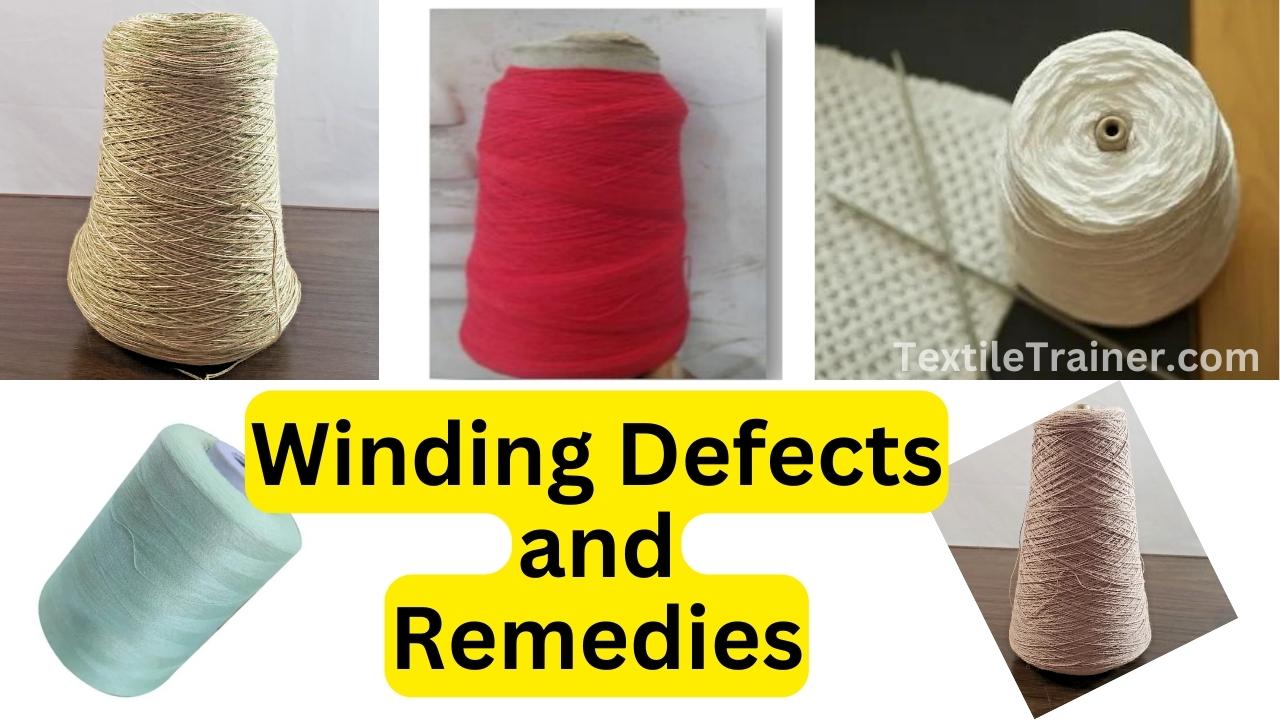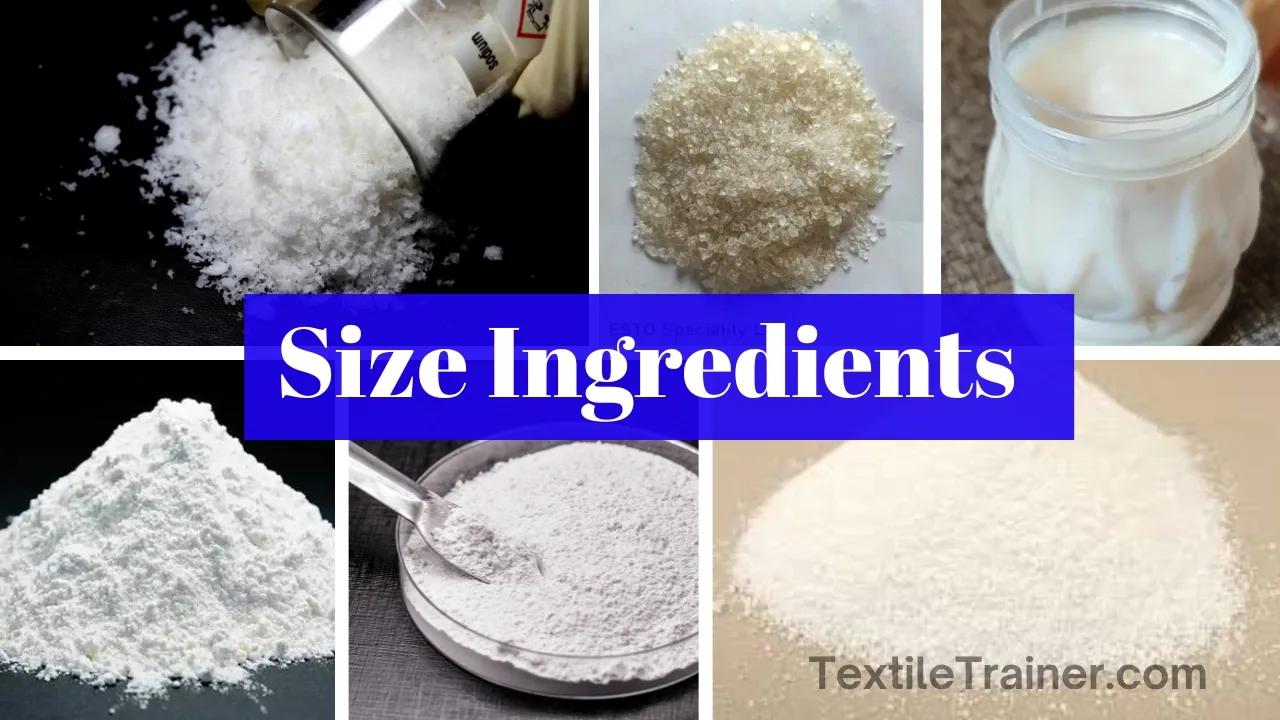What is Selvage? Types of Selvage of Fabric is Explained Easy Way
What is Selvage?
Mainly there are 6 types of selvage. But, initially, let’s come to learn what is selvage? As the shuttle moves across the shed, it weaves a self-edge called the selvage, or selvedge, on each side of the fabric. A selvage prevents the fabric from raveling. It is usually made more compact and stronger through the use of more or heavier warp yarns or by using a tighter weave.
In other words, yard goods are constructed so that their outer edges will not ravel. These finished edges of the fabric are called selvages, which often have heavier and more closely spaced warp yarns than the rest of the fabric is made with. This can be achieved by using more or stronger warp yarns or by using a stronger weave.

Types of Selvage of fabric
There are different types of selvage of fabric . A fabric’s selvage depends on its expected use and on its economy of production. Here, some types of selvages are given below:
- Plain Selvage.
- Tucked Selvage.
- Leno Selvage.
- Fused Selvage.
- Tape Selvage.
- Split selvage
Now, I will brief description above mentioned types of selvage
1. Plain Selvage:
The selvages are constructed of a simple plain weave with the same size yarn as the rest of the fabric, but with the threads packed closer together. It is relatively hard and durable to cut through such selvages. Plain selvages follow the same structure as the rest of the fabric. Their edges do not shrink and can be used for seams.
2. Tucked Selvage:
Tucked selvages are used on some shuttle less looms. A device tucks and holds the cut ends into the fabric edge. The construction of the selvage depends on the weave and other parameters. A formula for weaving the tucked selvage considers fiber density, the diameter of the yarn, as well as the yarn diameter balance, or the ratio of the diameter of the filling yarn to the diameter of the warp yarn. When the warp yarn diameter is large, fewer fillings can be inserted in the fabric selvage because the warp intersection requires more space between fillings than when the warp yarn diameter is large.
3. Leno Selvage:
In leno or gauze weave, strong additional threads are used to bind the wefts and to eliminate protruding ends. The half cross leno weave fabric has excellent shear resistance. Weaving harnesses made for leno weaving are used in their manufacture. There are some shuttle less looms that use the leno selvage. In this construction, the cut ends are locked along the fabric edge by the narrow leno weave. In general, loose weaves require tight leno selvages, whereas light weaves may have less tension in the leno selvages. A leno gauze system is well suited to heavy fabrics, blankets, and wall coverings.
4. Fused Selvage:
The selvages of thermoplastic fiber fabrics, such as nylon and polypropylene, are made by pressing a hot mechanical element on the fabric edges. As the fibers melt and fuse together, the edges are sealed. On weaving machines, the selvedges of synthetic fabrics are cut and fused with electronic thermal cutters. The cutter’s temperature decreases when the machine is stopped. The technique can also be used to split wide fabrics into narrow ones.
5. Tape Selvage:
The tape selvages can be constructed with plain weave or basket weave, which produces a flatter edge. Stronger yarns are used in tape selvages, which provide greater strength. The selvages are wider and firmer than plain selvages. Tape selvages provide extra strength to the edges of towels, bed sheets, drapery fabrics, and curtain fabrics. Depending on the material, selvages range in width from a quarter to three-eighths of an inch.
6. Split Selvage:
Split selvages are created by weaving a narrow width fabric twice its normal width with two selvages in the middle. After the fabric is cut between the selvages, the cut edges are finished with a chain stitch or hem. The uses of split selvedges include the weaving of two towels side by side and the subsequent cutting apart of the two towels.



